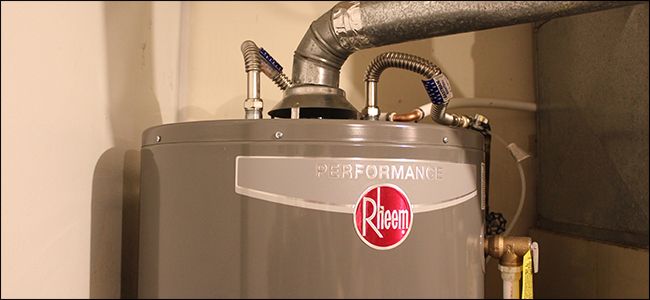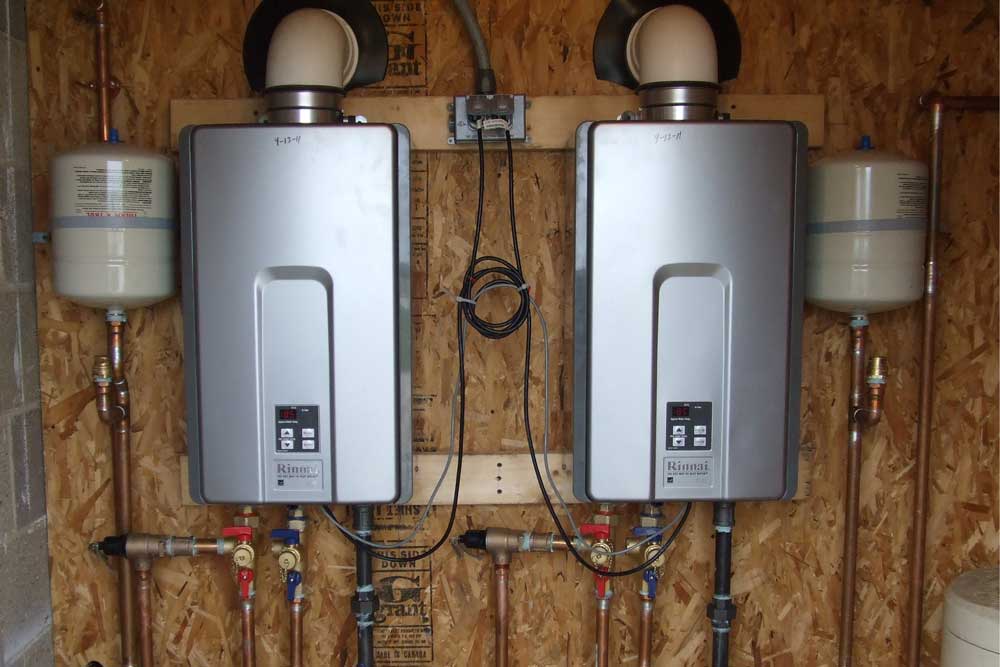Ways to Effectively Maintain Your Home's Hot Water System
Ways to Effectively Maintain Your Home's Hot Water System
Blog Article
We have stumbled upon this article relating to Water Heater Maintenance Tips You Can't Afford to Forget listed below on the web and felt it made sense to talk about it with you over here.

Warm water is necessary for everyday convenience, whether it's for a revitalizing shower or cleaning recipes. To guarantee your warm water system runs successfully and lasts much longer, normal upkeep is key. This write-up supplies sensible pointers and understandings on just how to maintain your home's hot water system to avoid disruptions and costly repair work.
Introduction
Maintaining your home's hot water system may seem complicated, however with a few easy steps, you can ensure it operates smoothly for many years to come. This guide covers everything from recognizing your warm water system to do it yourself upkeep ideas and understanding when to employ expert assistance.
Significance of Preserving Your Hot Water System
Regular maintenance not just expands the life-span of your hot water system but also guarantees it runs effectively. Ignoring maintenance can lead to decreased performance, greater power expenses, and even early failing of the system.
Indications Your Hot Water System Demands Upkeep
Understanding when your hot water system needs focus can stop major concerns. Watch out for indications such as irregular water temperature, weird noises from the heater, or rustic water.
Understanding Your Warm Water System
Before diving right into maintenance jobs, it's helpful to recognize the fundamental components of your warm water system. Normally, this includes the water heater itself, pipelines, anode rods, and temperature level controls.
Month-to-month Maintenance Tasks
Regular regular monthly checks can aid catch minor problems prior to they rise.
Flushing the Hot Water Heater
Flushing your water heater eliminates sediment build-up, enhancing efficiency and extending its life.
Checking and Changing Anode Rods
Anode rods protect against rust inside the tank. Checking and replacing them when broken is essential.
Evaluating and Changing Temperature Setups
Adjusting the temperature level settings makes sure optimum performance and safety and security.
DIY Tips for Upkeep
You can perform numerous maintenance jobs on your own to keep your warm water system in top problem.
Looking for Leaks
Consistently inspect pipes and links for leakages, as these can lead to water damage and higher costs.
Evaluating Pressure Alleviation Valves
Checking the stress safety valve guarantees it functions properly and stops too much stress buildup.
Shielding Pipelines
Insulating hot water pipes minimizes warmth loss and can conserve power.
When to Call a Specialist
While DIY upkeep is valuable, some issues need specialist proficiency.
Complicated Concerns Calling For Expert Assistance
Examples include major leakages, electric troubles, or if your hot water heater is constantly underperforming.
Routine Professional Maintenance Conveniences
Specialist upkeep can include comprehensive evaluations, tune-ups, and ensuring conformity with safety and security requirements.
Final thought
Regular maintenance of your home's warm water system is necessary for effectiveness, longevity, and cost savings. By following these ideas and knowing when to look for expert aid, you can make sure a dependable supply of warm water without unexpected interruptions.
Water Heater Maintenance: The Basics
Maintaining your water heater will ensure it operates efficiently and has a longer lifespan. Neglecting regular maintenance can lead to costly repairs and an even bigger chunk of your savings if you have to replace it sooner than necessary. But there’s good news: Most water heater maintenance tasks are relatively simple and easy for homeowners with basic DIY skills.
Flush the Water Heater
Over time, sediment and minerals can build up in the tank, reducing its efficiency and potentially causing damage. To flush the tank, turn off the power or gas supply, attach a hose to the drain valve near the bottom and open the valve to drain the water until it runs clear. Ideally, flush the tank annually.
Replace the Anode Rod
The anode rod is a sacrificial metal rod that helps prevent corrosion inside the tank. Inspect and replace it every three to five years or per the manufacturer's recommendation. To replace the anode rod, turn off the power or gas supply, drain a few gallons of water from the tank, unscrew the old rod and replace it with a new one. If the anode rod is significantly corroded or covered in calcium buildup, it's a sign the water heater may need to be replaced soon.
Tune-Up
A yearly tune-up can help identify potential issues and ensure your water heater operates at peak efficiency. This typically involves checking the thermostat, burner assembly (for gas heaters) and any other components specified by the manufacturer. During a tune-up, the technician may also clean the burner and adjust the pilot light (for gas heaters) or examine the heating elements (for electric heaters).
How to Maintain Your Water Heater
Insulate the tank. Insulating the tank can improve energy efficiency and reduce heat loss, saving you money on energy bills. You can purchase precut insulation blankets designed specifically for water heaters or use standard fiberglass insulation wrapped securely around the tank. Check the temperature. The recommended water temperature for most households is around 120 degrees Fahrenheit (49 degrees Celsius). Higher temperatures can increase energy costs and potentially cause scalding. Use a kitchen thermometer to check the temperature at the faucet nearest the water heater. Monitor water pressure. Excessive water pressure can strain the water heater and cause leaks or even tank failure. Install a pressure-reducing valve if necessary. The ideal water pressure range is between 60 and 70 PSI (pounds per square inch). Test the temperature and pressure (T&P) relief valve. The T&P relief valve is a safety feature that releases pressure if the tank gets too hot or the pressure builds up too high. Test it annually by lifting the lever and allowing a small amount of water to release. Replace the valve if it doesn't release water or reseal properly. Check for leaks. Regularly inspect the tank, pipes and fittings for leaks or corrosion. Deal with issues promptly to prevent further damage. Even a small leak can lead to significant water damage over time. Consider a tankless water heater. If your traditional tank-style water heater is nearing the end of its lifespan ( typically 10 years), consider replacing it with a tankless water heater. These units heat water on demand, reducing standby energy losses and potentially saving you money on your energy bills. Schedule professional maintenance. While homeowners can perform many water heater maintenance tasks, it's still a good idea to schedule professional maintenance every few years. A plumber or HVAC technician can thoroughly inspect the unit, identify potential issues and ensure it operates safely and efficiently. https://www.homeserve.com/en-us/blog/home-improvement/hot-water-heater-maintanence/

As a fervent reader about Tips on Maintaining a Water Heater, I was thinking sharing that excerpt was essential. Do you know about somebody who is fascinated with the niche? Be sure promote it. Thanks a lot for being here. Come back soon.
Course Detail Report this page